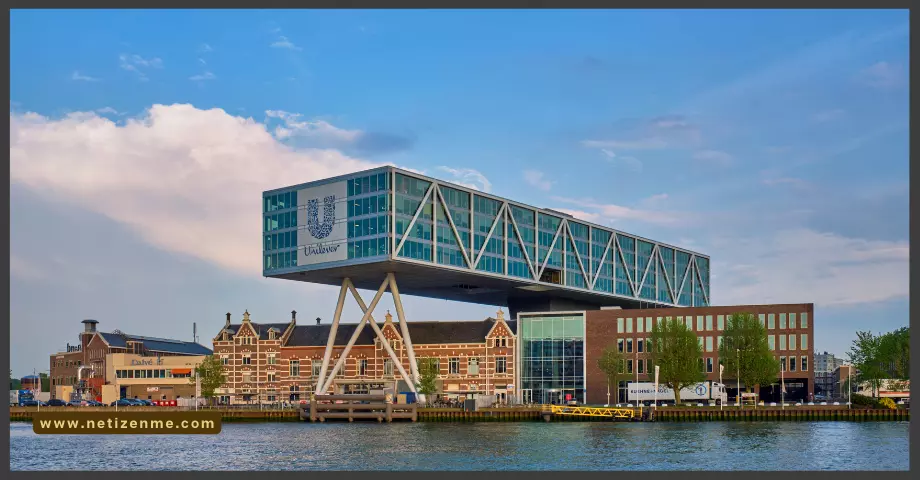How informal groups within an organization can provide a structure to that organization?
Organizational structure, whether formal or informal, can have a significant impact on strategic choices made by a company. Informal groups within an organization can play a crucial role in shaping the strategic choices made by a company by providing a structure to the organization in the following ways:
Informal groups can help identify opportunities:
Informal groups within a company often profoundly understand the industry and market dynamics. This understanding can help identify new opportunities or potential challenges that may not be apparent to formal structures. For example, informal networks of sales representatives can provide valuable insights into customer needs and preferences, which can inform strategic choices related to product development or market expansion.
Informal groups can facilitate communication and collaboration:
Informal groups can bridge different organisational structures, facilitating communication and collaboration. For example, informal groups of researchers and developers can collaborate with sales and marketing teams to ensure that new products are aligned with customer needs and market trends.
Informal groups can provide a sense of ownership and commitment:
Informal groups can create a sense of ownership and commitment among employees towards the organization’s strategic objectives. Employees in an informal group aligned with the organization’s vision and goals are more likely to be motivated and committed to achieving those objectives.
In summary, informal groups within an organization can provide a structure that complements formal structures and helps shape strategic choices. Informal groups can provide valuable insights, facilitate communication and collaboration, and create a sense of ownership and commitment towards the organization’s goals.
For example, in the case of the Biocon case study, informal groups played a critical role in shaping the company’s strategic choices. For example, Kiran Mazumdar-Shaw, the founder of Biocon, was a member of an informal group of entrepreneurs in Bangalore, which helped her to connect with potential investors and collaborators. Additionally, Biocon’s focus on innovation and quality was driven by an informal network of scientists and researchers who shared a passion for biotechnology and were committed to developing new and innovative products.
The strategic choices facing Biocon –
how does organizational structure affect Biocon’s strategic choices? What are the key factors to that decision?
Biocon India Group had to make several strategic choices to achieve its objectives, which included expanding its business in the biopharmaceutical industry, building a robust R&D pipeline, and expanding its market reach. The key factors that influenced these decisions are:
- Focus on biosimilars:
One of the primary strategic choices made by Biocon was to focus on biosimilars, which are biologic drugs similar to branded drugs but more affordable. This decision was driven by the potential market opportunity in emerging markets, with a high demand for affordable drugs. Biocon saw this as a way to differentiate itself from other pharmaceutical companies and create a competitive advantage. - Collaborations and partnerships:
Biocon formed strategic partnerships and collaborations with international pharmaceutical companies to expand its market reach and capabilities. For example, it partnered with Mylan to develop and market biosimilars in the US and European markets. Such collaborations helped Biocon leverage its strengths in R&D and manufacturing while benefiting from its partners’ global marketing and distribution capabilities. - Innovation and quality:
Biocon’s focus on innovation and quality helped it to differentiate itself from its competitors and build a strong brand. The company invested heavily in R&D to develop novel biologics and biosimilars and focused on ensuring high-quality standards in its manufacturing processes. - Diversification:
Biocon also diversified its business by expanding into related areas such as contract research and manufacturing services (CRAMS) and developing drugs for chronic diseases such as diabetes and cancer. This helped the company to reduce its dependence on a single product or market and create new revenue streams.
The organizational structure of Biocon played a crucial role in shaping its strategic choices. The company’s flat and decentralized organizational structure allowed for quick decision-making and agility, crucial in the rapidly changing biopharmaceutical industry. Additionally, Biocon fostered a culture of innovation and entrepreneurship, encouraging employees to take ownership of their work and drive growth.
Informal groups within Biocon also provided a structure that complemented formal structures and helped shape strategic choices. For example, informal networks of scientists and researchers were instrumental in developing new and innovative products, a crucial part of Biocon’s strategy. Additionally, informal groups of sales and customer service representatives provided valuable feedback and insights into customer needs and preferences, which informed strategic choices related to product development and market expansion.
In summary, Biocon’s strategic choices were influenced by market opportunity, competitive advantage, and the need to create sustainable growth. The company’s flat and decentralized organizational structure and a culture of innovation and entrepreneurship allowed for quick decision-making and agility. Informal groups within Biocon provided a structure that complemented formal structures and helped shape strategic choices by providing valuable insights, feedback, and expertise.
This article is written by:
Our professional writers and editors are passionate about sharing high-quality information and insights with our audience. We conduct diligent research, maintain fact-checking protocols, and prioritize accuracy and integrity to the best of our capacity.
You can cite our articles under the author name "Netizenme"





